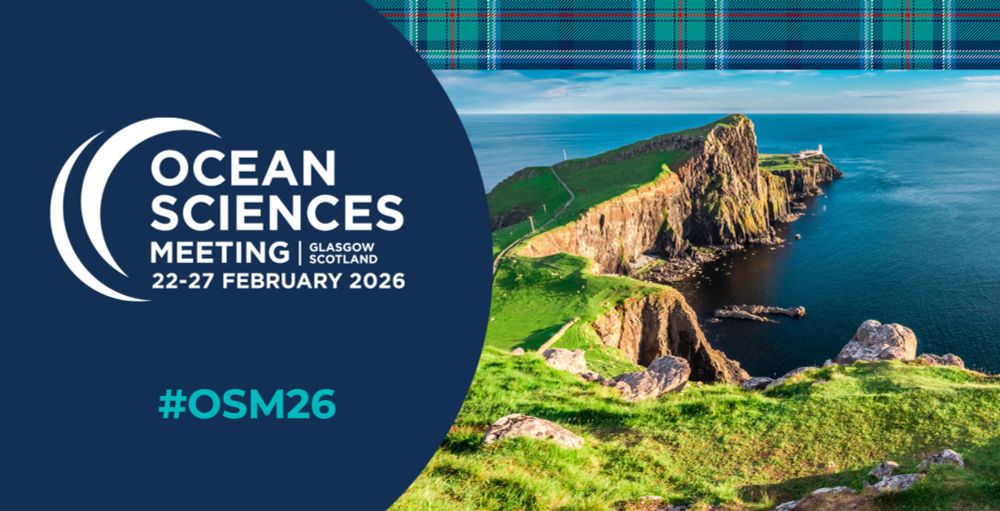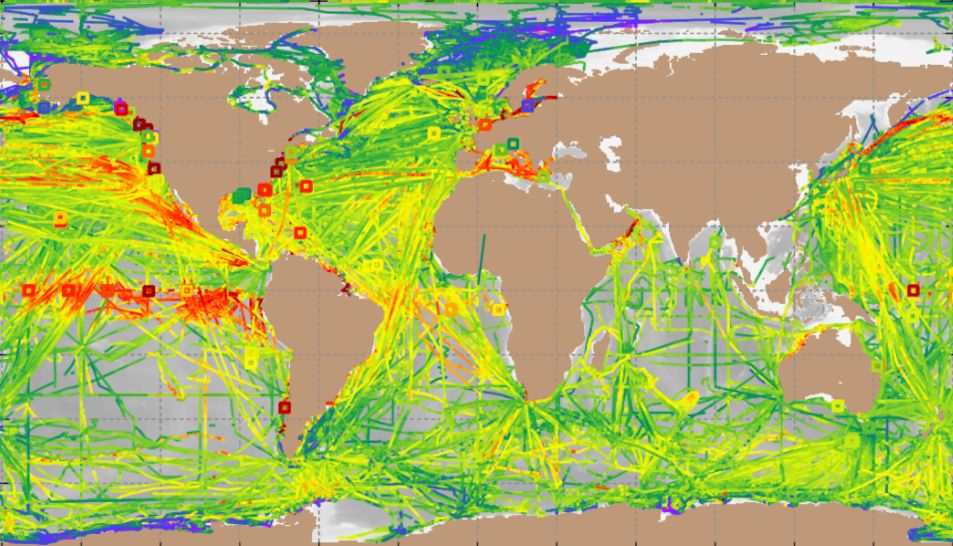Surface Ocean CO₂ Atlas
@socatco2.bsky.social
69 followers
45 following
43 posts
https://www.socat.info
Posts are for information and are not endorsements.
Posts
Media
Videos
Starter Packs
Reposted by Surface Ocean CO₂ Atlas
Reposted by Surface Ocean CO₂ Atlas
Plymouth Marine Laboratory
@pml.ac.uk
· Jun 27

Tiny ocean migrants play a massive role in Southern Ocean carbon storage
New study reveals for the first time that zooplankton migration contributes significantly to carbon sequestration in the Southern Ocean—a process overlooked in climate models.
pml.ac.uk
Reposted by Surface Ocean CO₂ Atlas
ICOS RI
@icos-ri.eu
· Jun 3




















